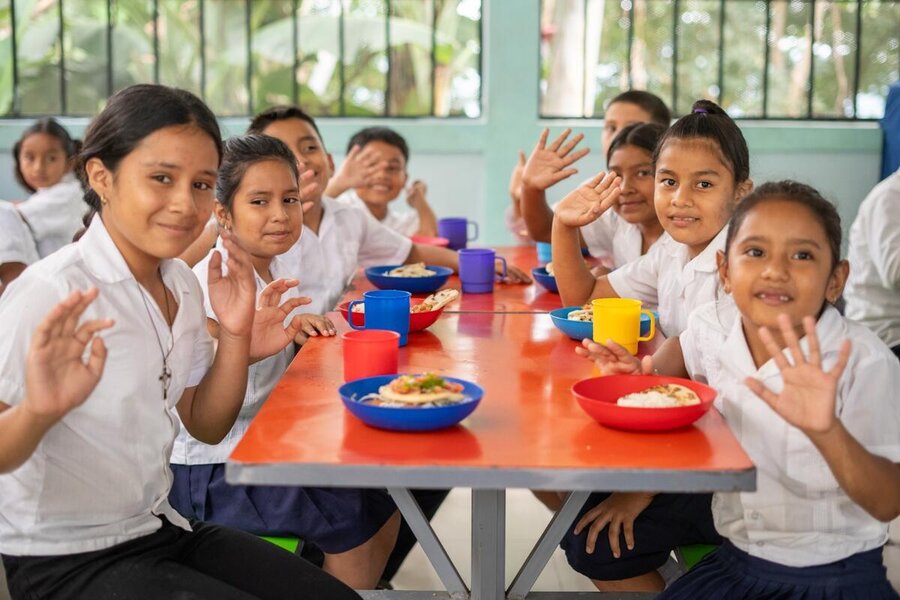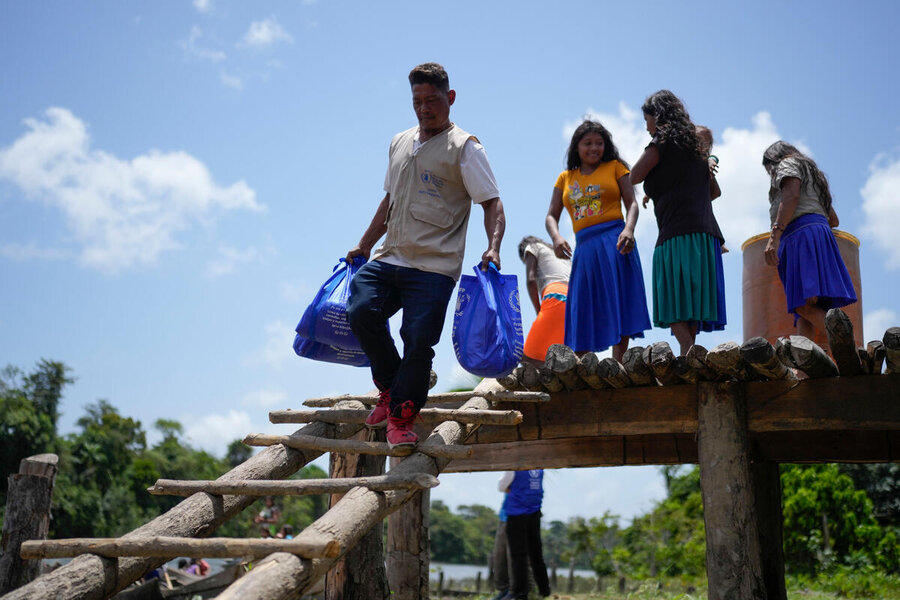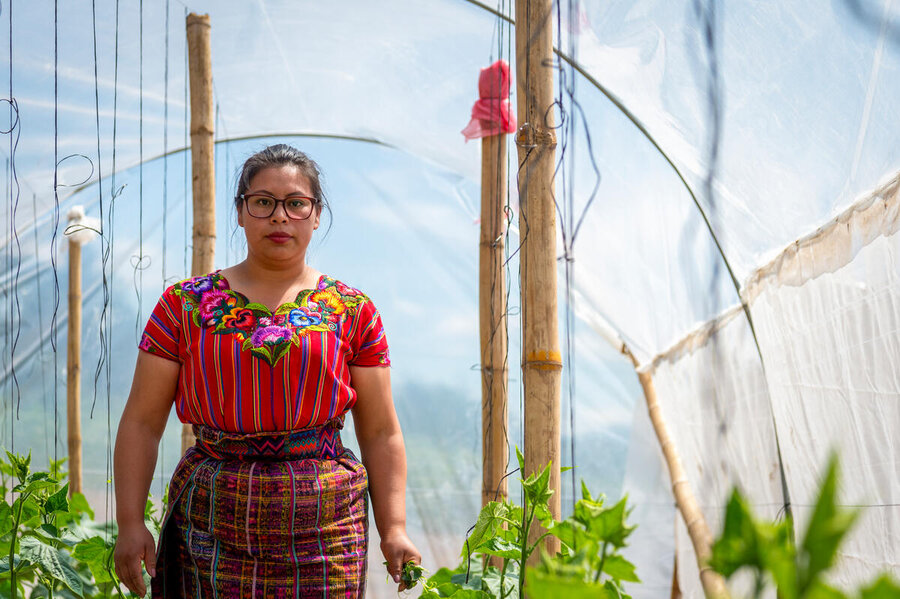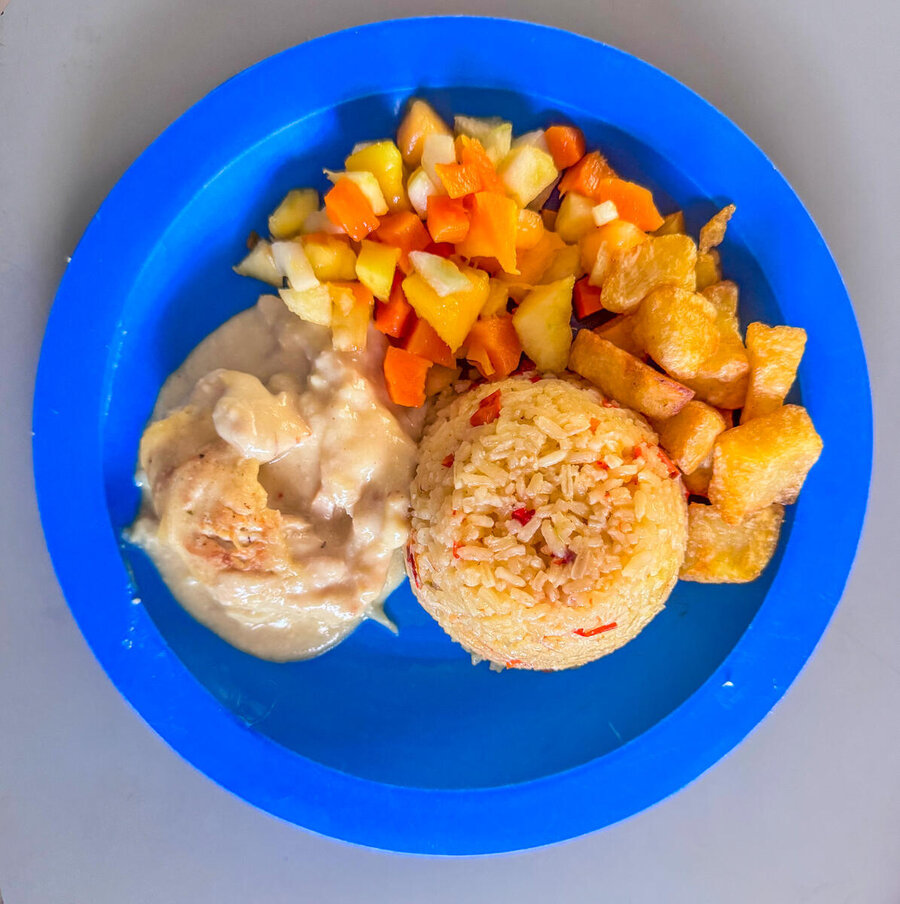WFP school meals nourish futures in Latin America and the Caribbean

As leaders meet in Honduras this week for the 11th Regional School Feeding Forum, the spotlight is on school meals as a powerful tool to improve nutrition, drive local economies, and support education across Latin America and the Caribbean.
Hosted by San Pedro Sula, Honduras' second-largest city, the forum is also a key milestone in the lead-up to September's 2nd Global School Feeding Summit, in Fortaleza, Brazil.
Leaders from governments, organizations and regional networks are discussing the actions required to bring school meal programmes to their full potential: as public policy, drivers of local development and tools for social inclusion.
The progress to date is encouraging. Today, more than 80 million children in Latin America and the Caribbean receive school meals. Even so, disparities remain - both between and within countries - in terms of the scope, coverage and quality of the programmes.

What is at stake for the future?
Funding, of course, is key: in some contexts, up to US$300 per student per year is invested, while in others it’s barely US$10 per day.
More and more countries are opting for models that connect local farmers with schools, and with public procurement that strengthens rural economies, reduces emissions and protects biodiversity. This approach has and continues to generate jobs and higher income for tens of thousands of small farmers in the region.
In Guatemala and Peru, incorporating nutritionally fortified ingredients into school menus is an effective strategy for making balanced diets more accessible, especially for families with fewer resources.
What is a school meals programme?
It is a government-led policy that guarantees students daily access to nutritious meals during the school day. These programmes – more than just a plate of food – boost children's health and learning, create jobs and strengthen local economies. Over time, they generate far-reaching benefits for families, communities, food systems and national development.
In communities in Venezuela's Orinoco region, for example, where river distances and shortages make regular access to food difficult, school meals are an incentive for children to attend class. Using supplies provided to schools, community cooks prepare simple but nutritious menus that often are a child's only meal of the day.

What is in a school meal?
Each programme is adapted to the cultural context and local availability in a given area. In some regions of Peru, for instance, native potatoes are included in school menus. In Venezuela, menus feature rice, beans and plantains.
In El Salvador, sorghum has gained prominence as a nutritious and climate-resistant alternative. Through the Innova programme, farmers produce this cereal using sustainable techniques, and women entrepreneurs transform it into gluten-free breads and cookies for school meals.
In Guatemala, typical preparations – such as corn-based pinol – form part of the school menu – reinforcing local dietary traditions and cultural identity.

Why are school meal programmes so important?
- Regular school meals improve child nutrition, while tackling malnutrition and micronutrient deficiencies
- They increase school attendance and retention
- They boost the local economy and create jobs – benefiting farmers, cooks, caterers, drivers and more
- They help ensure all children have access to nutritious meals, including those in Indigenous, rural or crisis-affected areas
- They help agricultural communities cope with extreme weather by using local crops and adapting school menus to seasonal changes
In Latin America and the Caribbean, at least 15 countries buy local food for their schools. This approach stimulates local markets, protects food traditions and reduces the carbon footprint. For every 1,000 metric tons purchased locally, 55 metric tons of greenhouse gas emissions are prevented.
In countries such as Guatemala and Honduras, farmers who sell to social protection systems earn on average close to an extra US$2,000 per year. In addition, school meals can reduce the cost of a nutritious diet for the most vulnerable families in the region by up to 50 percent.
In El Salvador, solutions such as “kitchen-in-a-box” – recycled containers transformed into school kitchens equipped with green technology – demonstrate how innovation can also improve programme quality and sustainability.
Education platform
School meals are consolidating their position as one of the most effective and sustainable social policies in Latin America and the Caribbean. They guarantee the right to food, offer stability, protect food traditions and turn schools into platforms to grow, learn and stay.
Not only do school meal programmes improve nutrition and academic performance, they also reduce the cost of a healthy diet, stimulate local markets and enhance the value of traditional foods.
